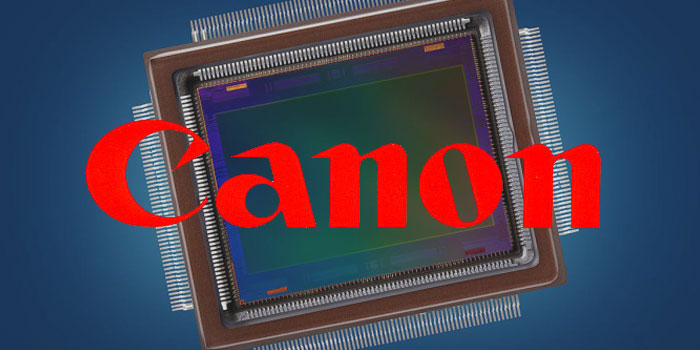
Canon just took the megapixel war to a whole new level. The Japanese maker has announced an astounding 250 megapixel sensor that can fit inside a consumer-grade DSLR camera.
The new sensor fits the APS-H size category. APS-H size is bigger than Aps-C size, which is used in entry level DSLRs from Canon, Nikon and Sony, but still significantly smaller than full-frame 35-mm sensors used by professionals. According to Canon’s press release, the new CMOS sensor is capable of “distinguishing of lettering on the side of an airplane flying at a distance of approximately 18 km [11 miles] from the shooting location.” The achievement seems unbelievable even to a layman.
The sensor is the densest one developed to date. A sensor of this density requires some very fast read speeds and Canon has managed to match the specification and even beat it by several folds. The sensor has a read speed of 1.25 billion pixels. Canon promises some good noise performance too despite the extremely high pixel count.
Besides 250MP photos, the sensor is capable of recording videos that have a resolution 125 times Full HD or 30 times more than a 4K video
Besides 250MP photos, the sensor is capable of recording videos that have a resolution 125 times Full HD or 30 times more than a 4K video, albeit fives frames per second for now. Canon says the technology can be used for specialised surveillance and crime prevention applications. The sensor can also be used for ultra-high resolution measuring instruments, in the field of visual expression and numerous industrial uses.
Hinted by the press release is that Canon might be looking for commercial uses of the sensor rather than releasing a DSLR next year or maybe even for the next few years. Nonetheless the achievement means that the image sensor technology still has a lot of potential for improvement.
Looking at Canon’s history, Canon released a 50-megapixel sensor in 2007 but used it for its recently released series. In 2010, they released a 120-megapixel sensor and now they’ve got 250-megapixel one in queue for their next few generations of image sensor devices. However the future turns out to be, we will be looking at it in ultra HD.